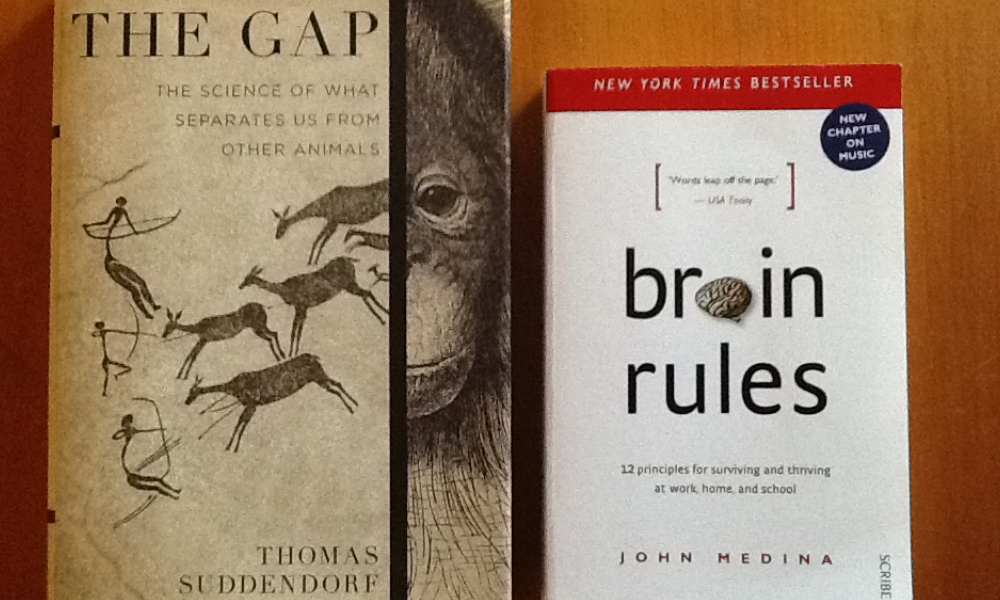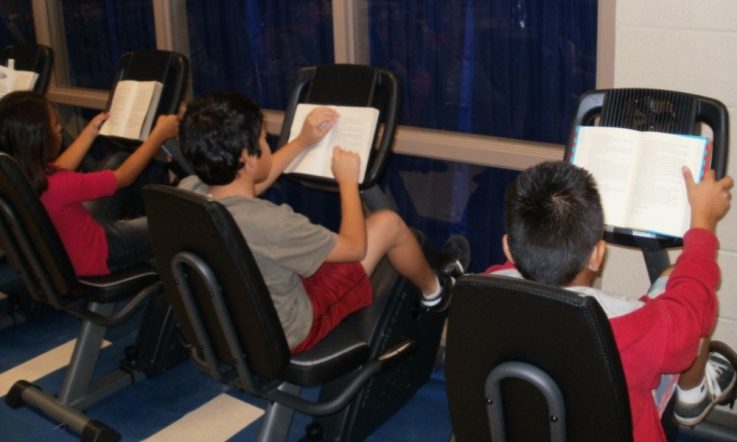In this month's review, Britt Gow gives us the lowdown on two books that she believes will change the way you teach.
Brain Rules: 12 principles for surviving and thriving at work, home and school
John Medina
This is a New York Times bestseller and is an accessible description of how the brain works, including how we learn and factors that impact on learning.
John Medina is a developmental molecular biologist, research consultant and founding director of two brain research institutes. He demonstrates techniques in his book that he believes promote the understanding and retention of knowledge – symbols, repetition and storytelling – that may also be used by educators in the classroom.
It has 12 chapters, each describing a ‘brain rule' – what scientists know for sure about how our brains work – and the implications it has for our everyday life. Each chapter includes descriptions of experimental research from neuroscience and personal anecdotes.
Teachers know that children who are tired, hungry or stressed are not ready for learning. How these factors affect the brain are explained in the chapters on sleep and stress. The book also looks at how we learn and remember through pictures, as opposed to written or spoken words.
Medina suggests including videos, animations, less text and more images in presentations to students to enhance learning. Although he debunks the myth of multiple intelligences and learning styles, he suggests educators use a variety of different methods to engage students in new concepts. He says that by stimulating multiple senses at the same time (sight, sound, touch – even taste and smell!) students will have more opportunities to remember and reconstruct the experience of learning.
One of Medina's brain rules that I use in my classroom is number six – We don't pay attention to boring things. Emotional arousal helps the brain to learn, which is why we remember richly emotive and highly exciting events, rather than the tediousness of everyday routine.
Telling stories in class, including anecdotes about my own life as well as historical narratives, helps students to make connections and enhances learning. I use video clips to combine this rule with the eighth rule (Sensory Integration – Stimulate more of the senses) and the ninth (Vision – Vision trumps all other senses). In my experience, this has helped to focus student attention and hook them into the concept while providing multisensory input (light, sound and movement).
The Gap – the science of what separates us from other animals
Thomas Suddendorf
In this fascinating book, Thomas Suddendorf weaves research from animal behaviour, child development, anthropology, psychology and neuroscience into a definitive account of what separates humans from other animals. He describes how the brain has evolved over millions of years to become a complex system of branching neurons that enable us to survive and flourish.
Suddendorf identifies two traits that account for most of the ways that make the human brain distinctive - our ability reflect on our past and imagine our future and our insatiable desire to communicate with others.
I think it is important we teach students about these unique abilities, so that they can value humanity. Not for the capability of humans to dominate and change the planet, considering themselves at the apex of evolution, but for our metacognitive ability to construct past and future scenarios and our drive to link minds together, communicating ideas and forming a ‘group brain'.
This book will be of most value to science teachers, or readers interested in our evolutionary origins and our relationship with the rest of the animal kingdom. Although Suddendorf doesn't relate his research to education, I believe his work can stimulate educators to consider their moral purpose.
In my opinion, teachers have the responsibility to provide students with the knowledge, skills and attitudes to plan a desirable future for humanity and to protect all the other living organisms that that have evolved with us on this tiny blue marble in space. As educators, one of our most critical roles is to foster the skills that enable effective two-way communication. This book gives us an understanding of our evolutionary past as well as highlighting the fact that we are the only species that has the ability to consider the long-term consequences of our actions, hand-in-hand with the ‘foresight capable of plotting a path toward a desirable future'.
References
Medina, J. (2014). Brain Rules – 12 principles for surviving and thriving at work, home and school (Eds.). Scribe Publications: UK
Suddendorf, T. (2013). The Gap – The science of what separates us from other animals. Basic Books: New York
The views in this article are those of the author. Teacher does not endorse any particular supplier or product.
Do you have a text that you have found useful?
How have you incorporated what you have learnt in your classroom?
For more of Britt Gow’s tips and strategies visit http://digitaltoolbox.wikispaces.com



